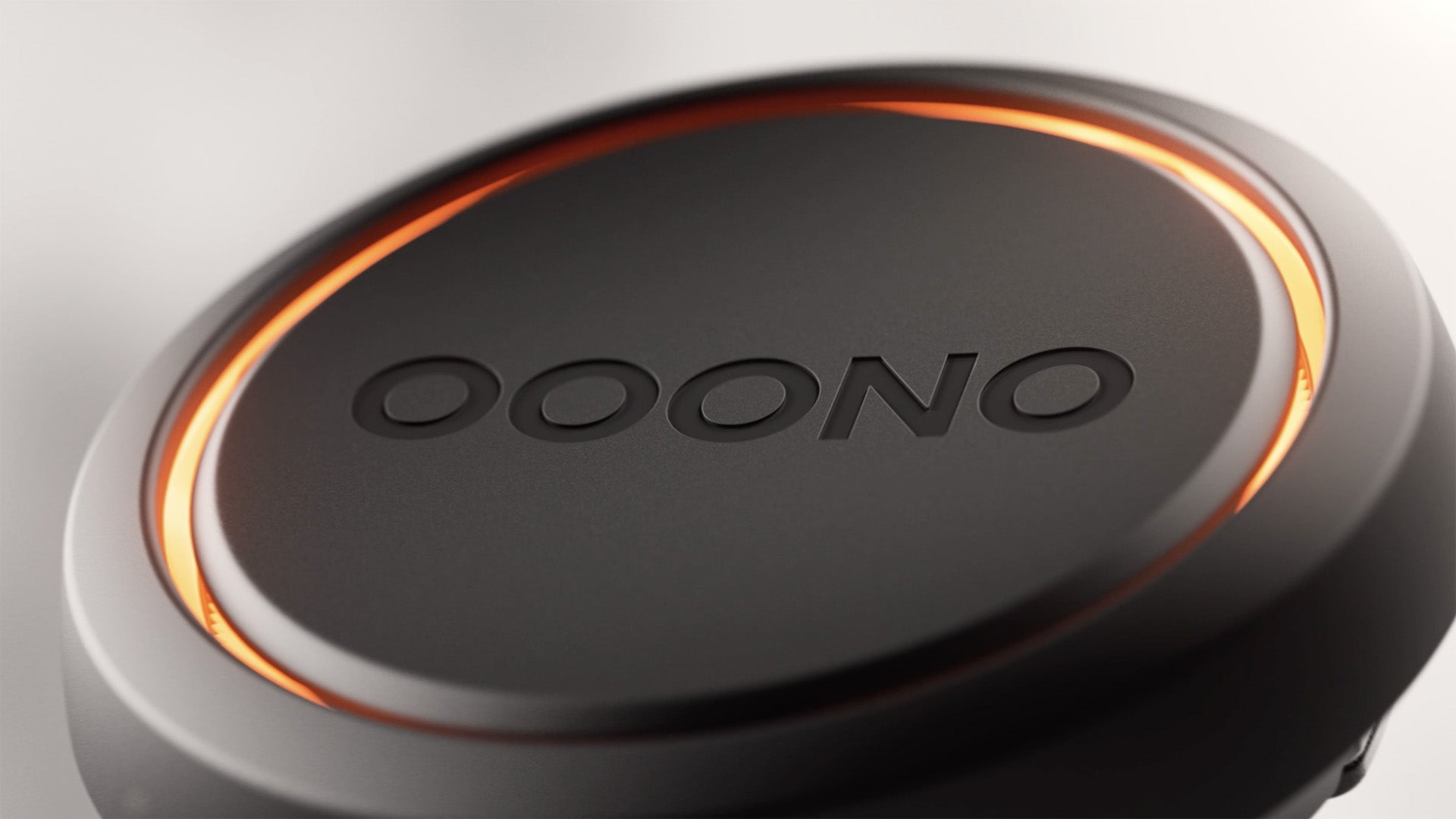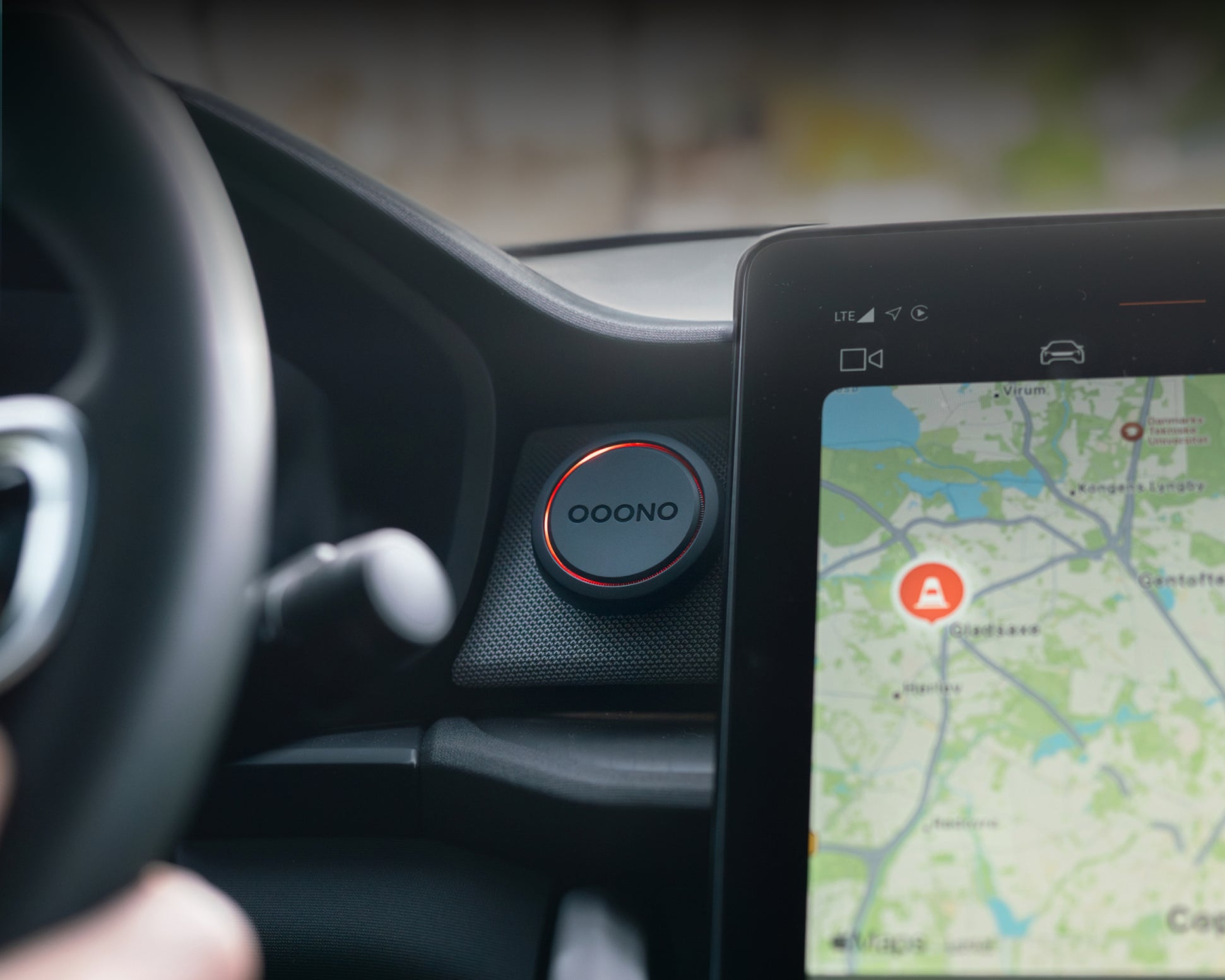How to avoid speeding tickets
Getting a speeding ticket can ruin even the best day. Luckily, avoiding one isn’t rocket science – it’s all about awareness, good habits, and using the right (legal) tools. In this guide, we explain the most common reasons why drivers get flashed – and more importantly, give you concrete tips on how to avoid speeding tickets.
Spoiler alert: one of the best solutions is our CO-DRIVER. More on that below.
Where do you typically get speeding tickets?
We don’t need to tell you that reckless driving is dangerous and of course likely to result in a speeding ticket (if not license suspension altogether). But we also know that most speeding tickets don’t happen because of wild driving – often, it’s just a brief lapse in attention in everyday traffic.
Speed checks are meant to have a preventive effect: encouraging drivers to slow down and stay focused. That’s why mobile speed cameras are often placed on stretches of road with a history of accidents.
Typical situations and locations
Here are the most common places and scenarios where even well-intentioned drivers can get caught speeding:
- Urban areas with changing speed limits – e.g., 40 km/h in residential zones when you thought it was still 50.
- Near schools or institutions, where temporary speed limits apply.
- Motorways with variable limits, especially approaching toll stations or construction zones.
- Downhill slopes or long straightaways, where your speed creeps up without noticing.
- Wide, empty roads, where the speed limit feels higher than it is.
So how can you avoid speeding tickets?
You might be thinking that you’d like a quick fix – but sorry, there’s no magic trick. What we can offer is a set of effective and completely legal habits and tools that make a real difference:
1. Read the signs (yes, all of them)
Speed limits change often – and not always with flashing lights and fanfare. Practice noticing zone changes and temporary signs, especially in urban areas. They’re often small, but important.
2. Maintain a steady speed – use cruise control or a speed limiter
It’s tempting to “go with the flow,” but that flow is often 5–10 km/h over the limit – especially on straight highways. Use your car’s cruise control or limiter if available.
(Psst… our latest model, CO-DRIVER NO2, includes built-in speed alerts.)
3. Avoid panic braking
Many drivers slam the brakes when spotting a speed camera. That’s both dangerous and usually too late. Instead, prepare before the checkpoint – which comes from having a clear understanding of the limit or receiving a heads-up, for instance from a CO-DRIVER. That way, you avoid sudden braking and drive more confidently.
4. Know the common traps
There are well-known speed check hotspots in Denmark – for example, near major access roads, motorway overpasses, and schools.
If you drive the same route daily, make it a habit to identify these hotspots.
(Pro tip: If you already use a CO-DRIVER, you can disable notifications for fixed speed checks along your regular commute.)
CO-DRIVER: Your legal companion for safer, more aware driving
The OOONO CO-DRIVER is not a radar or laser detector – and for good reason: those are illegal. CO-DRIVER is a passive, legal traffic alert system that warns you of known speed checks, accidents, and hazards – based on data from over 4 million users across Europe and multiple data partners.
How does it work?
- You get a discreet alert (a beep) when approaching a known speed check
- It happens with plenty of time – no need to brake suddenly or guess
- All types of alerts help you stay sharp and aware on the road
- No subscription required, and it’s fully legal to use in Denmark (and most European countries – just check local rules before use)
The goal isn’t to “cheat the system” – it’s to encourage better driving and increased road safety. And yes, a nice bonus is that it helps you avoid tickets by encouraging smarter driving habits.
As we mentioned earlier, most speed checks are intended to be preventive – to get drivers to slow down. And that’s exactly how the CO-DRIVER works: whether you’re warned about a speed check or a road hazard, the alert helps you focus on your speed and surroundings – before it’s too late.
So… what does a speeding ticket actually cost?
Just to keep the motivation high – here’s a quick overview of typical speeding fines in Denmark:
|
Speeding over the limit |
Standard fine* |
|
5–10 km/t |
DKK 1.200–1.500 |
|
15–20 km/t |
DKK 2.200–2.800 |
|
30+ km/t |
DKK 3.500 and up |
|
Over 60 % over the limit |
Lisence revocation |
Fines often also result in penalty points (klip i kørekortet), and new drivers risk having to retake both theory and driving exams – which is far from fun.
Example: Speeding in a 50 km/h zone
|
Speed |
Standard fine* |
|
51-59 km/h |
DKK 1.200 |
|
60-64 km/h |
DKK 1.800 |
|
65 km/h |
DKK 3.000 + 1 penalty point |
|
66-69 km/h |
DKK 3.600 kr. + 1 penalty point |
|
70-79 km/h |
DKK 4.800 kr. + 1 penalty point |
|
80-101 km/h |
DKK 4.800-7.800 + conditional license loss |
|
Over 101 km/h |
DKK 10.200 + unconditional license loss |
*These are standard rates and may vary in practice.
A few bonus tips
- Avoid “speed blindness” – switching between country roads and city limits requires extra focus
- Use in-car alerts – from CO-DRIVER or your car’s own systems
- Be extra cautious abroad – many countries have much lower speed tolerances than Denmark
Extra info: What’s a penalty point?
A “klip i kørekortet” (penalty point) stays on your license for three years from the date of the offense. After that, it’s removed.
What happens if you get too many?
If you receive 3 points in 3 years, your license is revoked conditionally – meaning you must pass a new theory and driving test to get it back.
Special rules for new drivers:
If you’ve held your license for less than 3 years, the rules are stricter. Just 2 points in 3 years leads to a driving ban.
To regain your license, you’ll need 8 theory lessons, 8 driving lessons, and a supervised driving test.
Conclusion: Drive smart – not by luck
Avoiding speeding tickets isn’t about being lucky. It’s about being aware and informed.
Use a CO-DRIVER as your friendly reminder to take responsibility – and combine that with good driving habits and sharp attention.


